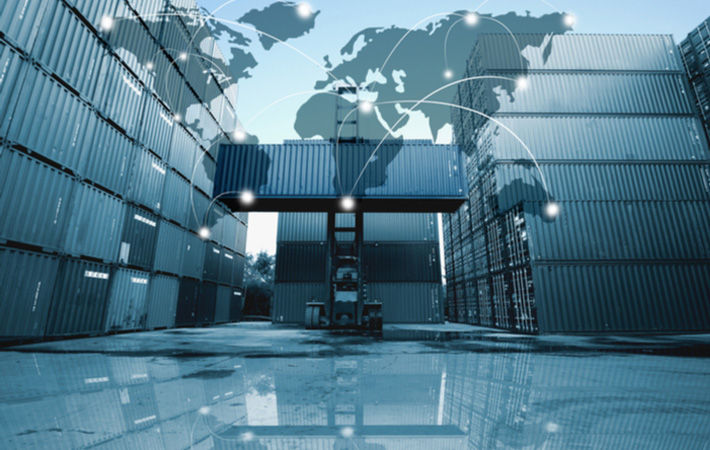China’s transport sector has set goals for 2022 that include continuing to implement epidemic control and maintaining a stable and smooth logistics supply chain, according to the country’s ministry of transport, which will carry out major tasks in 12 categories next year. Efforts will be made to ensure the sector’s safe and stable development.
It will accelerate the building of a high-quality comprehensive transport network, promote transport development in urban and rural areas, as well as encourage innovation to lead the industry’s development, the country’s State Council said on its website.
The ministry will also enhance international communication and boost the sector’s green and low-carbon development.
China’s transport sector has set goals for 2022 that include continuing to implement epidemic control and maintaining a stable and smooth logistics supply chain, according to the country’s ministry of transport, which will carry out major tasks in 12 categories next year. Efforts will be made to ensure the sector’s safe and stable development.
The transport sector has completed its annual goals set at the beginning of this year, Liu Pengfei, a spokesman for the ministry, told a news conference in Beijing.
From January to November, 3.28 trillion yuan ($515 billion) was invested in fixed assets in transportation, including 640 billion yuan in railways, 2.53 trillion yuan in freeways and waterways, and 105 billion yuan in civil aviation.
It is expected to build and renovate expressways stretching more than 9,000 kilometers this year. A total of nine new airports have been put into operation. The country has newly built more than 1,000 km of rail transit, such as subways, in urban areas.
A major high-speed railway in northeastern China—a railway connecting Beijing and Harbin, capital of Northeast China’s Heilongjiang province—opened to traffic in January this year. A freeway linking Beijing and the Xinjiang Uygur autonomous region began operation in July, and the first electrified railway started operation in the Tibet autonomous region in June.
During the first 11 months, the country handled 7.73 billion passenger trips, a year-on-year decline of 12.2 per cent. However, Liu said, passenger trips in railway, water and civil aviation have increased while road traffic has dropped.
Freight transportation has continued to grow. From January to November, the country handled 47.5 billion metric tonnes of cargo, a year-on-year increase of 13.5 per cent. Ports across the country are expected to handle 15.5 billion tonnes of freight this year.
Fibre2Fashion News Desk (DS)





